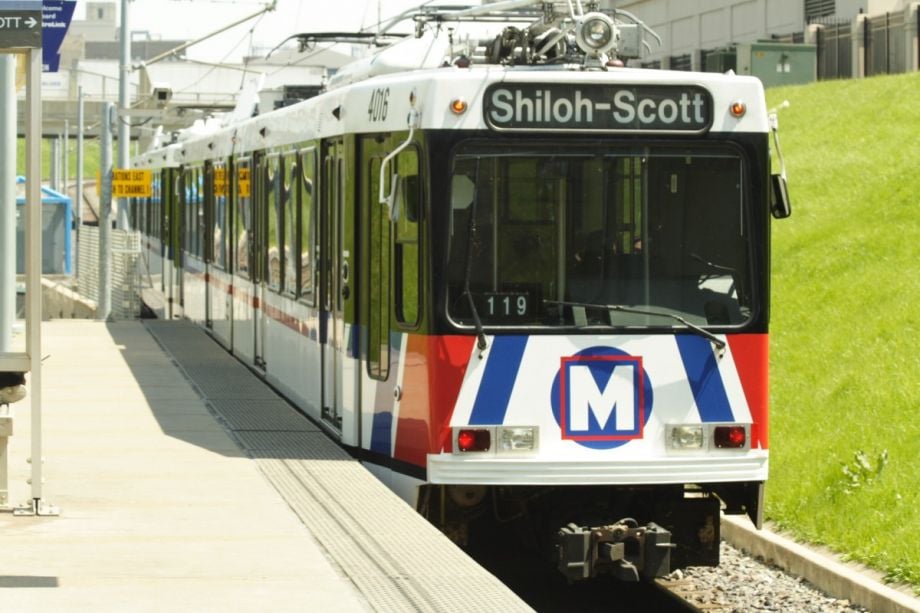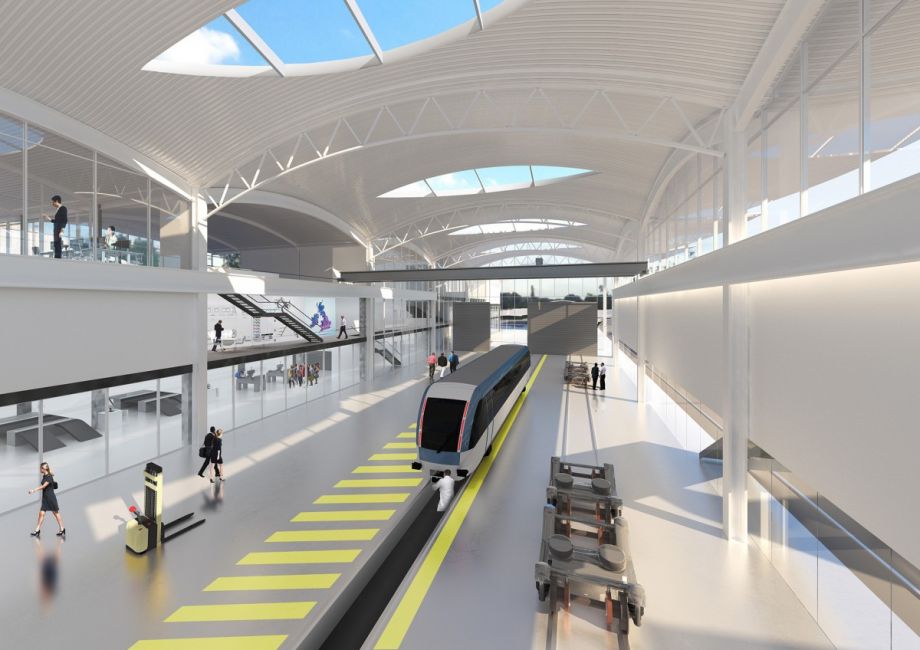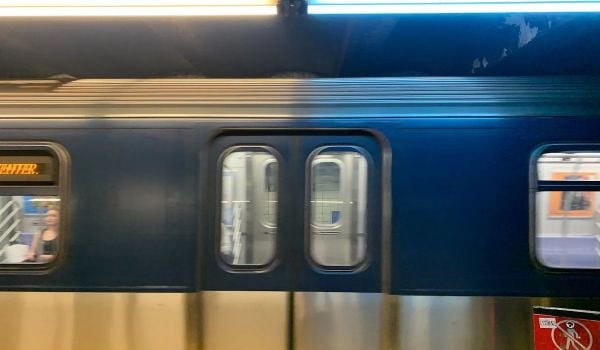Our weekly “New Starts” roundup of new and newsworthy transportation projects worldwide.
English City Plans to Develop “Lighter” Light Rail
The town of Dudley in Britain’s West Midlands is launching a program to make itself the hub of research into the next generation of light-rail technology, Global Rail News reports.
Dudley Metropolitan Borough Council and the University of Warwick’s Warwick Manufacturing Group have drawn up plans to launch a research center for the development of “very light rail” technology, which its advocates hope will revolutionize rail transit construction and operation.
The goal is to reduce the weight and cost of vehicles and track in order to make rail transit a viable option for suburban and rural areas as well as cities. Those of a certain age may recall a similar “very light rail” technology of the 1920s: the single-truck Birney Safety Car, which was developed to provide lower-cost trolley service for smaller cities.
The proposed research center would incorporate 2 km (1.2 miles) of unused railroad track, test platforms, and a large engineering center. The facility would also contain meeting rooms, laboratories, classrooms and exhibition and conference space.
The Black Country Local Enterprise Partnership has given Dudley Council £18 million ($25.05 million U.S.) towards the expected £29 million ($40.37 million U.S.) cost of constructing the center. There’s already a project for the researchers to tackle as well: University of Warwick researchers in September unveiled a conceptual design for a very light rail system for Coventry using driverless, battery-powered small railcars.
“If given the go ahead, the innovation hub will put Dudley at the forefront of the world’s development of very light rail technology,” Ian Kettle, Dudley Council’s cabinet member for planning and economic development, told GRN. “We will be able to market this as a product worldwide and significantly boost our opportunities to strengthen and grow our local economy.”
St. Louis Teases More Details for Third Light-Rail Line
Metro Report International reports that the East-West Gateway Council of Governments, St. Louis’ metropolitan planning organization, has begun a conceptual design study for a north-south LRT line in partnership with the city of St. Louis.

Light rail in St. Louis (Photo by Matthew Black)
City officials revealed plans for the line at a series of community meetings that began Jan. 16. As proposed, the line would extend 27.3 km (17 miles) from the Pine Lawn neighborhood on the city’s northwest side to Bella Vista in south St. Louis County via downtown St. Louis. Unlike the two current MetroLink routes, which are fully grade-separated, this line would run via surface streets, heading east from Pine Lawn on Natural Bridge Road before turning south to run on Ninth and Tenth streets downtown. It would then follow Jefferson Avenue and I-55 to reach Bella Vista.
The study will also consider alternate routings for parts of the line. The line is projected to cost $1.5 billion to bid; officials hope to have the Federal government pick up half the tab for construction, with the rest coming from local sources, possibly including the private sector. The current timetable calls for construction to begin in 2023 and wrap up in 2027.
China Reaches Urban Rail Milestone
Urban rail construction in China continued its torrid pace in 2017, according to statistics collected by the China Urban Rail Transit Association and reported in the International Railway Journal.
Chinese cities added 33 new rail transit lines totaling 868.9 km (539.9 miles) in 2017, up 62.5 percent from the 534.8 km (332.3 miles) opened in 2016. A flurry of openings in December pushed the total trackage past the 5,000-km mark to 5,021.7 km (3,120.3 miles).
The cities that opened their first metro lines in 2017 include Shijiazhuang, Zhuhai, Guiyang, and Xiamen. Metro lines account for 77.3 percent of all urban rail in China, with light rail and tram lines making up 9.4 percent, monorail 2 percent and maglev 1.2 percent.
Know of a project that should be featured in this column? Send a Tweet with links to @MarketStEl using the hashtag #newstarts.

Next City contributor Sandy Smith is the home and real estate editor at Philadelphia magazine. Over the years, his work has appeared in Hidden City Philadelphia, the Philadelphia Inquirer and other local and regional publications. His interest in cities stretches back to his youth in Kansas City, and his career in journalism and media relations extends back that far as well.
Follow Sandy .(JavaScript must be enabled to view this email address)











